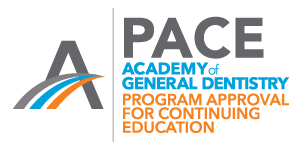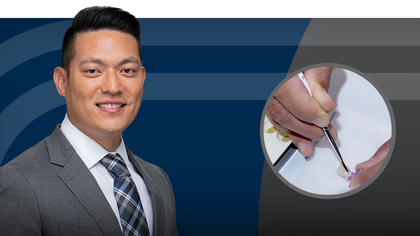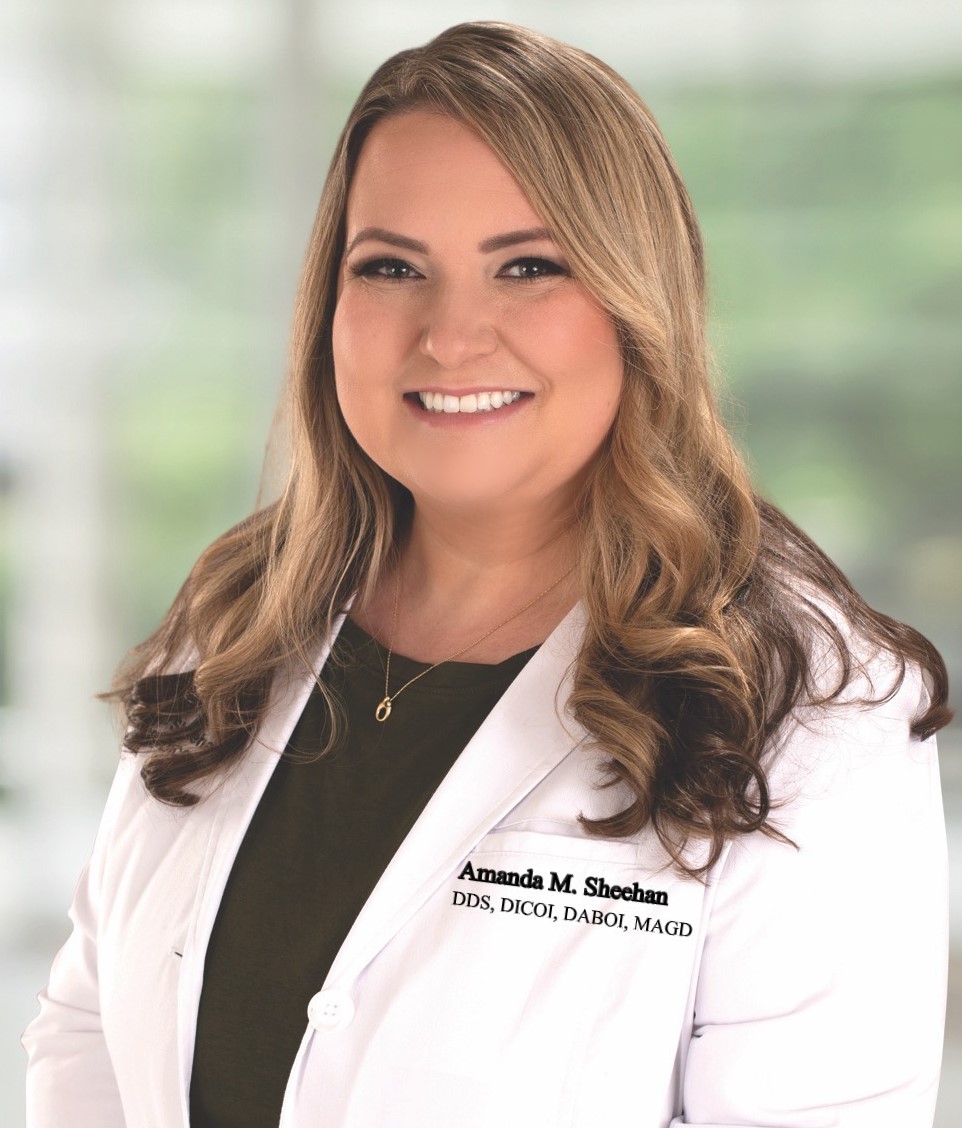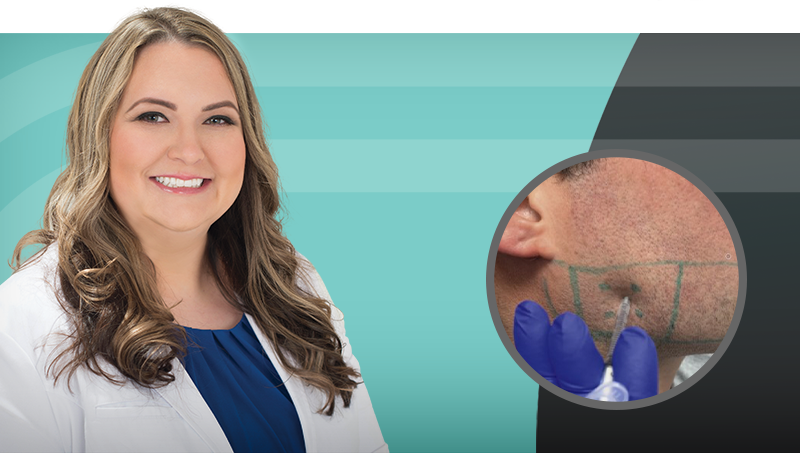- Understand the use and application of neurotoxins for treatment of parafunction, bruxism, clenching, and gummy smiles.
- Recognize anatomical considerations of the masseter, temporalis and other muscles of the face when utilizing neurotoxins.
- Apply safe application protocols using the appropriate mapping and injection technique.
The Use of Neurotoxins (Botox®) in Dentistry
Course Objectives
1 CE Credit
Botox® and other neurotoxins have been shown to be effective in the treatment of occlusal parafunction, gummy smiles, and more. This course will cover the rationale, clinical indications and safe usage protocols of neurotoxins in dentistry. Handling of the product, injection techniques and anatomical considerations will also be explored.
Learning Objectives
Botox is a registered trademark of Allergan, Inc.
Join from a PC, Mac, iPad, iPhone or Android device.
Recognition & Approval

Glidewell Education Center
Nationally Approved PACE Provider for FAGD/MAGD credit
Approval does not imply acceptance by any regulatory authority, or AGD endorsement. 3/1/2024 to 2/29/2028.
Provider ID# 216789
-
 Online CE CourseNext-Level Chairside Esthetics: Customizing Restorations with Stain, Glaze, and Finishing TechniquesIn this course, Dr. Justin Chi demonstrates how to elevate chairside restorations using advanced staining, glazing, and finishing techniques for monolithic restorations.
Online CE CourseNext-Level Chairside Esthetics: Customizing Restorations with Stain, Glaze, and Finishing TechniquesIn this course, Dr. Justin Chi demonstrates how to elevate chairside restorations using advanced staining, glazing, and finishing techniques for monolithic restorations. -
 Online CE CourseEsthetic Veneer Preparations: From No Prep to Full PrepIn this course, Dr. Danielle Brown provides a practical overview of veneer preparation techniques from no-prep, minimal-prep and traditional-prep veneers with step-by-step protocols.
Online CE CourseEsthetic Veneer Preparations: From No Prep to Full PrepIn this course, Dr. Danielle Brown provides a practical overview of veneer preparation techniques from no-prep, minimal-prep and traditional-prep veneers with step-by-step protocols. -
 Online CE CourseBonding and Temporizing Protocols: Tips for VeneersIn this course Dr. Danielle Brown offers practical guidance on veneer temporization and bonding techniques to improve patient comfort and clinical outcomes.
Online CE CourseBonding and Temporizing Protocols: Tips for VeneersIn this course Dr. Danielle Brown offers practical guidance on veneer temporization and bonding techniques to improve patient comfort and clinical outcomes.




